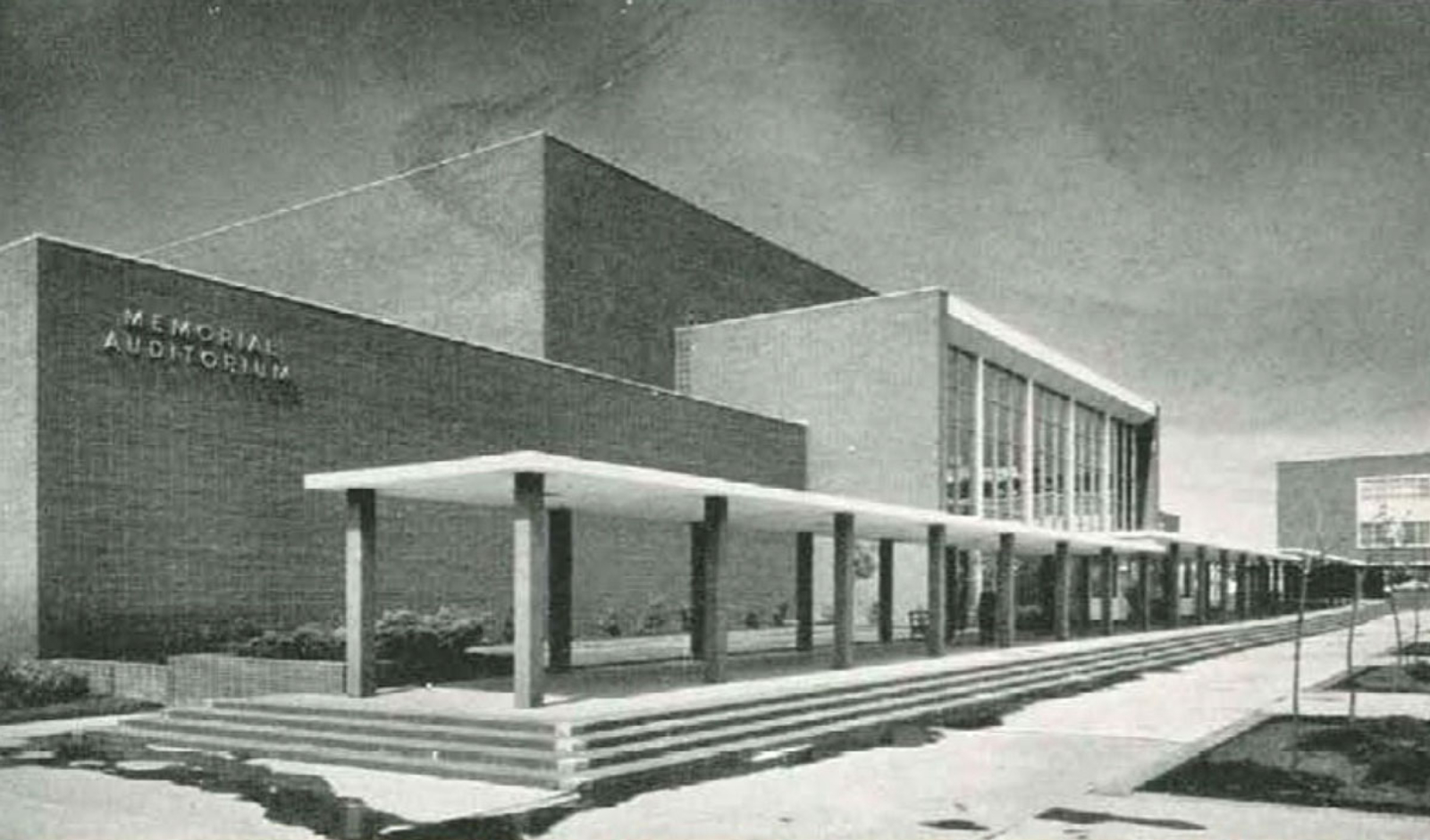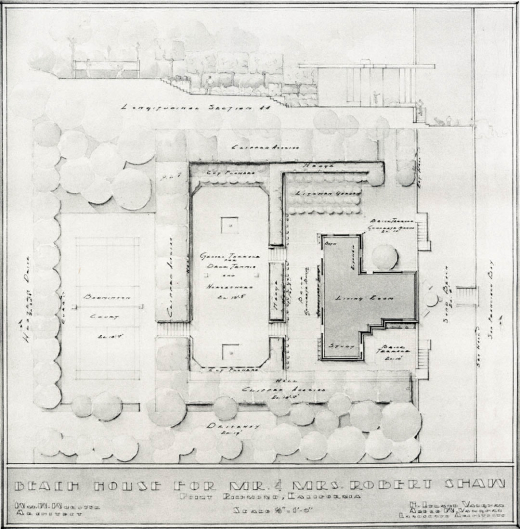Site overview
“We are living in an age of clear and well diversified objectives, and architecture must meet these objectives. We are now living in a mechanical, rational, abstractly imaginative age and our architecture should bear the imprint of the age.” Thus proclaimed the 1930 proposal for “A Civic Center for the City of Richmond,” by the Architectural Group for Industry and Commerce (AGIC), a collaboration of planner Carol Aronovici and architects Richard Neutra and R.M. Schindler. Interrupted by the Great Depression and World War II, the development of the Civic Center did not proceed until 1945, with a new design by Timothy Pflueger, renowned architect of Oakland’s Paramount Theater (1931) and San Francisco’s Castro Theater (1921). The ensemble of City Hall, Hall of Justice, Auditorium/Art Center, and Public Library was completed in 1951 under the direction of Plueger’s younger brother, Milton (Timothy Pflueger had died in 1946), with landscape architects H. Leland Vaughan and Adele W. Vaughan. (Adapted from the website of the AIA California Council)



